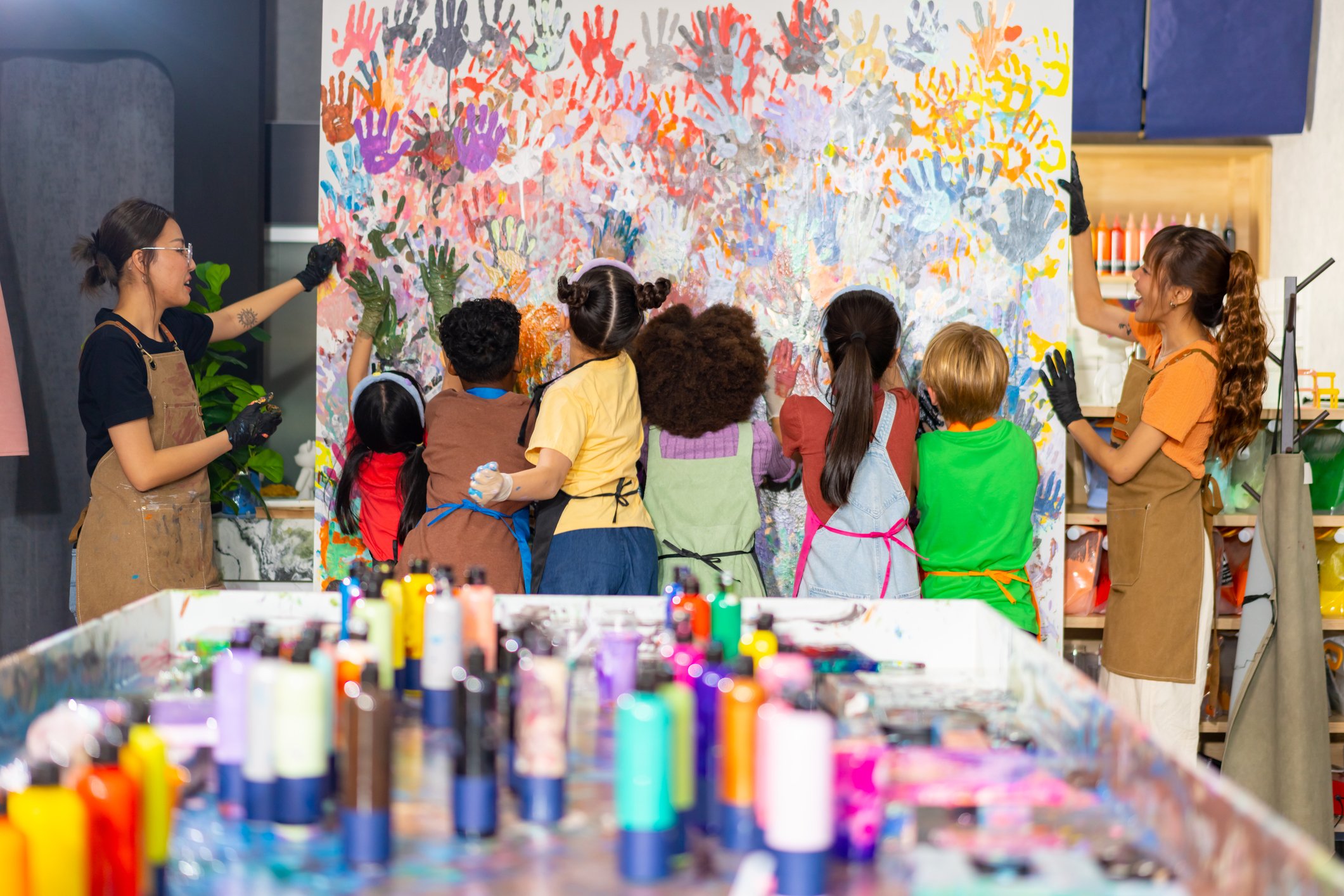What does it mean to "cultivate belonging" for immigrant students, and how can schools achieve this?
"Cultivating belonging" means creating a school environment where all students, particularly immigrant students, feel valued, included and connected to their peers, staff and the broader school community. Schools can achieve this by intentionally celebrating diversity, fostering relationships and making immigrant students' identities visible in meaningful ways. Here are concrete strategies to cultivate belonging:
Celebrate diversity through visible representation.
- Display signs with greetings in multiple languages throughout the school.
- Proudly showcase information about the number of languages spoken by members of the school community.
- Use maps to mark the regions of ancestry of students and staff, helping everyone see the global connections within the school.
- Rotate artwork and images that reflect seasonal celebrations and cultural traditions from various backgrounds.
Host inclusive schoolwide events.
- Organize cultural festivals that celebrate food, music and traditions that reflect the school community.
- Plan heritage months or weeks where students and families can share their stories, experiences and cultural practices.
Create safe spaces and build relationships.
- Establish safe spaces where students can gather, share experiences, and access peer and staff support.
- Regularly check in with students to understand how they feel, rather than assuming you know their experiences.
- Prioritize building strong relationships between students and staff, as well as fostering connections among peers.
Incorporate student voices and strengths.
- Provide opportunities for students to share their cultural backgrounds and experiences voluntarily, ensuring they feel comfortable and supported.
- Design lessons and projects that naturally reflect diverse perspectives and contributions, so students see their identities represented without being put on the spot.
Share resources and support systems.
- Provide resources and contacts for addressing immigration-related challenges.
- Use multiple languages to communicate with families to ensure they feel informed and connected to the school.
Additionally, schools should provide information about resources and contacts for addressing immigration-related challenges.
By taking these steps, schools can create an environment where immigrant students feel a sense of belonging, connection and pride in their identities without feeling singled out or pressured.
Why is peer support important for immigrant students, and how can it be fostered?
Peer support is crucial for immigrant students as it helps them acclimate to new environments, build friendships and navigate challenging times. Schools can foster peer support by implementing buddy systems or peer mentoring programs, connecting immigrant students with trained mentors who provide guidance. Forming student-led alliances that promote belonging and community also helps in creating a supportive environment and ensuring students have access to essential resources and opportunities.
How should schools address bullying and harassment targeting immigrant students?
Schools must address bullying and harassment seriously by establishing clear policies and practices that ensure every student feels safe. There must be consequences for perpetrators and support systems for victims. Schools should clearly state that anti-immigrant bullying and rhetoric are unacceptable. They should also create anonymous reporting systems and train students and staff on how to recognize and safely intervene in bullying incidents. Finally, restorative approaches should be introduced to focus on understanding the impact of bullying and repairing harm.
What communication strategies are essential for schools supporting immigrant students and their families?
Open and empathetic communication is essential. Schools should foster transparent communication among educators, families and students using their preferred languages. It's important to provide clear and frequent opportunities for families to ask questions, including anonymous options and one-on-one check-ins. Schools should be prepared to respond with empathy and actively listen when students express concerns. Sharing accurate information about student rights and school policies is vital, along with providing a clear explanation of mandatory reporting requirements to build trust. At the same time, it is important not to overstep our roles as educators and help steer families and students to outside support when needed.
How can schools partner with local organizations to support immigrant students and their families?
Schools should actively partner with local organizations to provide resources and support for immigrant families. This can include collaborations to host workshops on immigration and social services, distributing materials from local nonprofits, and inviting representatives to school events to connect with families. It's also important to maintain a list of local legal aid and community organizations to share when needed. This partnership approach helps enhance communication and understanding of available assistance.














